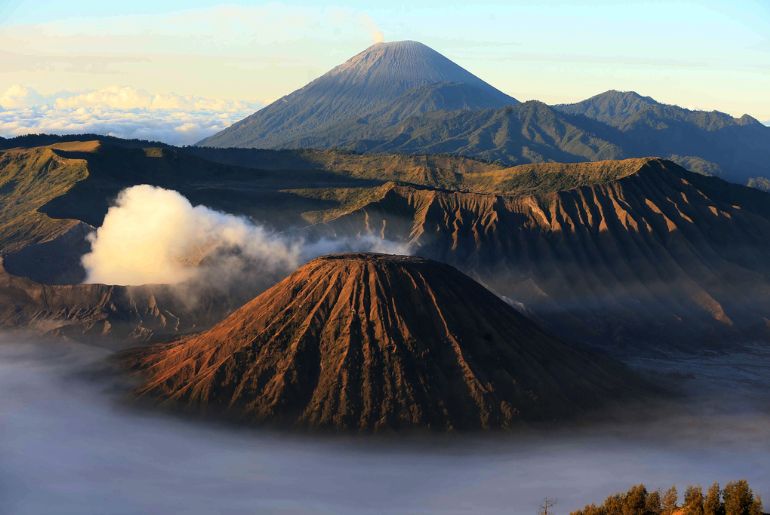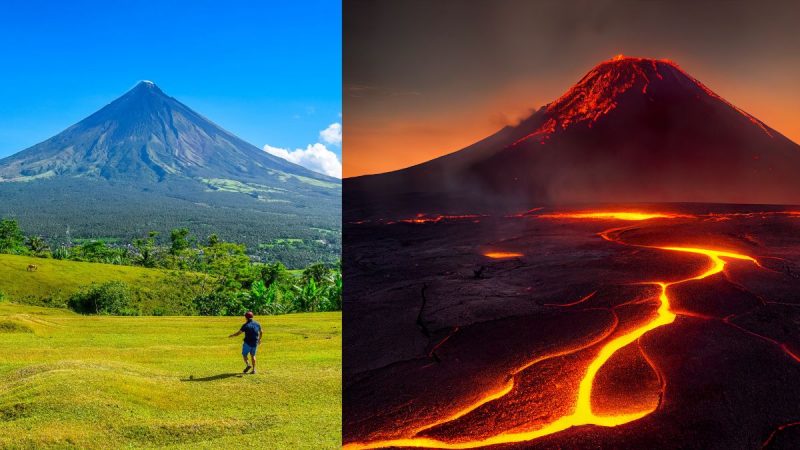Volcano tourism has gained significant popularity in recent years. From hiking on ancient lava flows to witnessing active eruptions, volcano tourism provides an unparalleled adventure. As the trend continues to grow, the balance between adventure and safety remains crucial.
The Growing Trend Of Volcano Tourism

Volcano tourism offers experiences that are unlike any other form of travel. Is it safe to travel to volcanoes? Fortunately, studies confirm that for adventure travellers.
For thrill-seekers, volcano tourism is the ultimate adventure. Activities such as hiking up volcanic slopes, descending into craters, or witnessing an active eruption provide adrenaline-pumping experiences. The sense of danger and the raw power of nature attract adventure tourists from around the world. Travellers can now encounter these natural wonders in an expanding array of ways, ranging from an easy stroll in Hawaii’s Volcanoes National Park to rappelling down an active volcano on Vanuatu’s Ambrym Island.
Access to active volcanic sites is often regulated. Authorities may close or restrict access to certain areas during periods of increased volcanic activity. Professional guides with knowledge of the terrain and volcanic activity lead tours, ensuring that tourists stay within safe zones and follow safety protocols. While it is true that some locations, such as the Acatenango volcano in Guatemala, permit independent travel, the safest way to see active volcanoes is by guided tour.
Also Read: Thailand Announces Extended Visa Stay For Tourists And Students; Check Eligibility Here
Safety Is Necessary

Cultural factors might also be taken into account, like in the case of Volcanoes National Park. Volcanoes are seen as living creatures in the indigenous Hawaiian culture, and eruptions have great cultural and spiritual significance. It is requested that both scientists and tourists show the utmost respect for the profound significance that volcanoes hold for this society. Respectful visiting practices include not interfering with the lava flow, leaving plants or rocks in the vicinity, and not taking pictures or recordings of Native Hawaiians who may be worshipping nearby.
On a tourist trip to Whakaari/White Island, a stratovolcano off the coast of New Zealand, in 2019, superheated steam burst from the volcano, killing 22 people and injuring 25 more. This tragedy is covered in the 2022 Netflix documentary The Volcano: Rescue From Whakaari. When it comes to visiting local volcanoes responsibly, most tourism boards provide information, if any at all. The official website of Iceland has a page devoted to delivering current information in the wake of the latest eruption.
Volcano tourism offers a compelling blend of adventure, education, and natural beauty, attracting increasing tourists each year. The balance between adventure and safety is a crucial subject.
Cover image credits: Canva
First Published: May 31, 2024 11:04 PM




